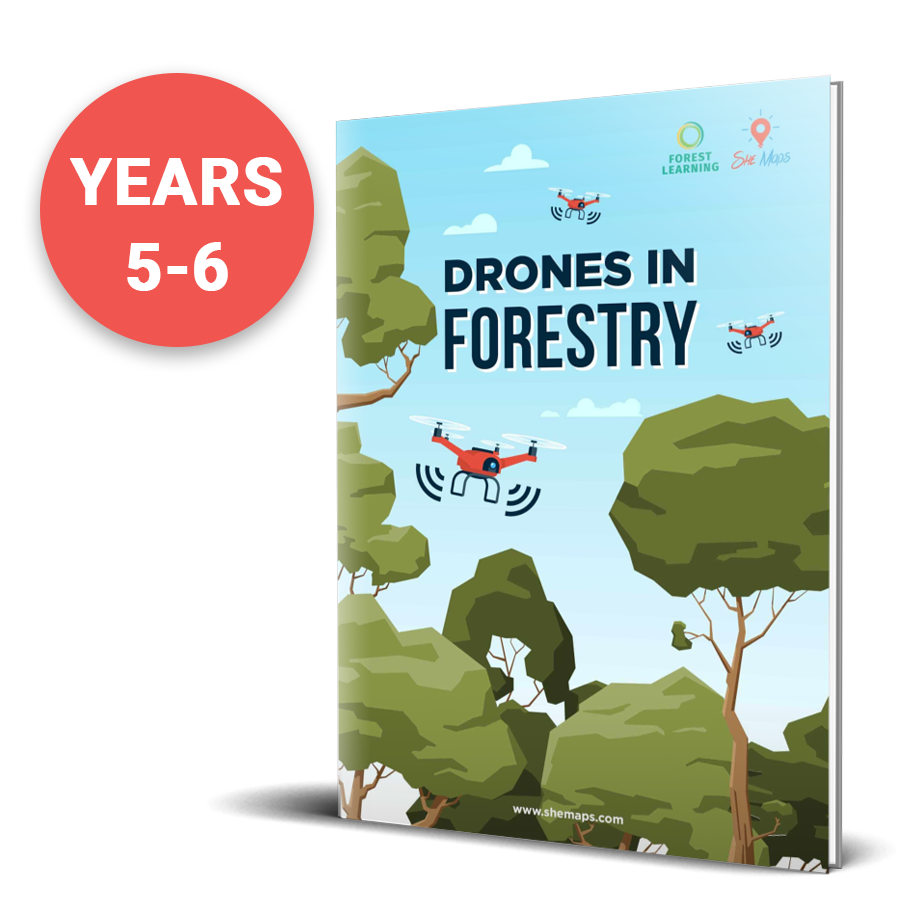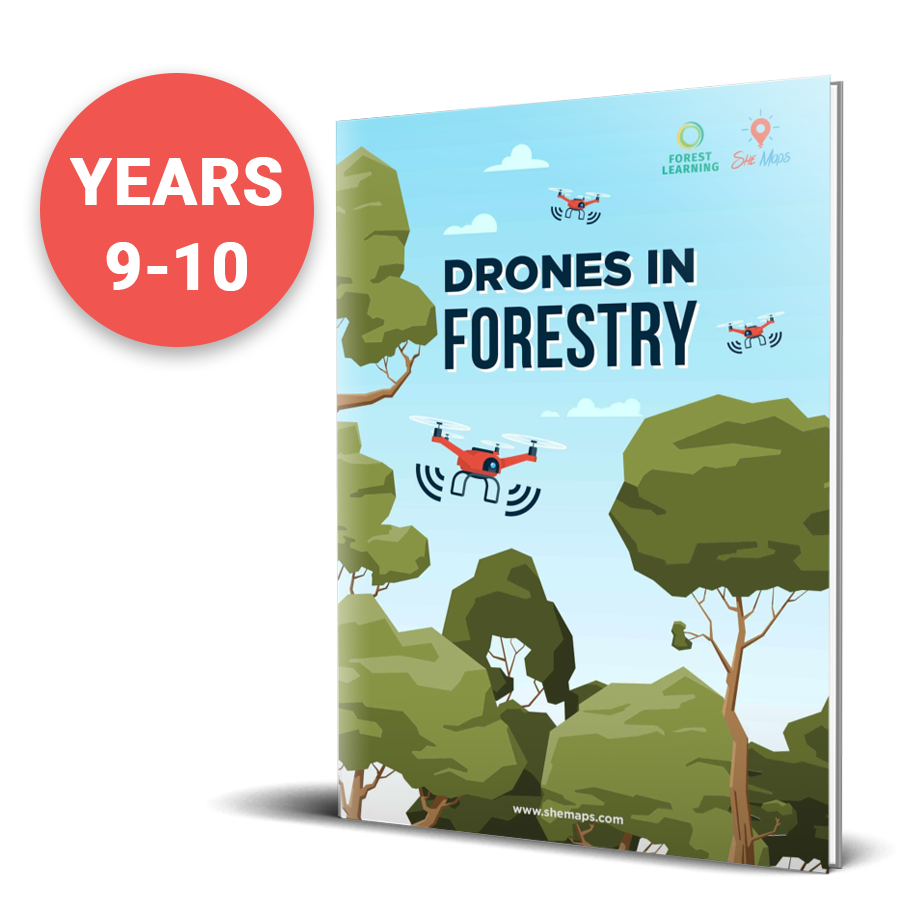Main Menu

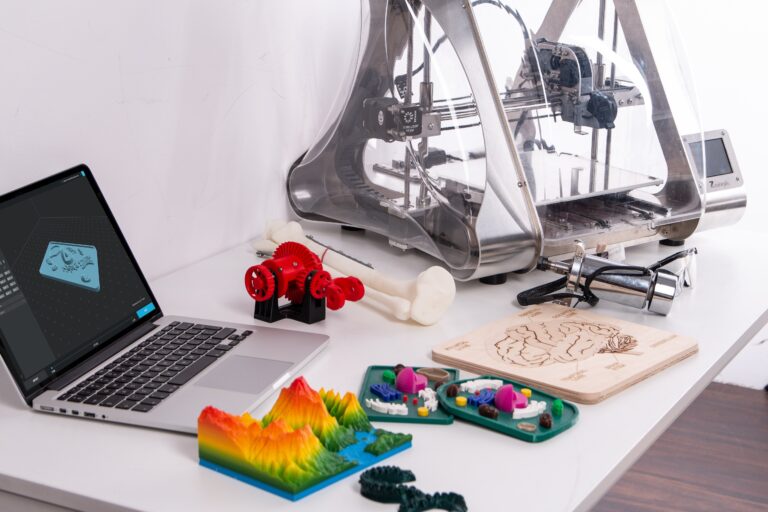
Many teachers are faced with Primary School STEM Challenges. Including teacher’s perceptions, student knowledge and timetabling STEM lessons. It doesn’t have to be.
Defining STEM in primary schools, teachers understanding of STEM, their students understanding of STEM, and finding the time to make STEM happen in the classroom. There are many things to consider when implementing STEM in a primary classroom.
Support primary student development in science, technology, engineering and mathematics (STEM) skills so that they can solve real world problems and connect to the complex world around them. STEM is not only the four subjects stated in the anagram, it is the skills that help them explore those subjects. In primary school it is about being exposed to these skills and developing them. These include:
Introducing primary school students to these skills will support them as they move into secondary school. It will give them increased confidence when being introduced to new topics whether they be STEM related or in other Key Learning Areas.
Teachers have different attitudes and backgrounds that will influence how they view STEM education. Providing an environment for staff to be confident is a crucial step in a successful STEM program.
How many people do you know that would confidently say that they’d love to run STEM activities with primary school students? Probably not as many as you would think.
If you approach building teaching capability first, then your staff will feel more confident and empowered to use STEM in their classrooms. Start by identifying supportive, highly quality professional learning (PL) to build a strong foundation of knowledge and skills in STEM teaching. Quality professional learning should not only educate teachers on what they are teaching, but it should immerse them in practical applications of how to teach it.
For example, She Maps Membership provides drone and geospatial information systems (GIS) professional learning and teaching resources. Teachers learn how to sync the technology, understand flight safety and how drones are being used in industry. There is also ongoing online support for staff who are a part of the Online Together Program, this includes three online face-to-face professional learning sessions and a classroom presentation. It helps to create confident and knowledgeable teachers.
As mentioned in the previous paragraph, teachers approach STEM with different attitudes ( not always positive) and this is also true for students. How many times have you heard a student say “It’s too hard” or “I’m not good at it”.
In order to support positive perceptions of STEM, activities need to be introduced from the start of primary school because in today’s age of information, the ability to innovate, be technologically fluent, and understand how and why things work together is incredibly important.
Allowing students to solve real world problems using skills and knowledge that they have learnt creates a wider range of success and also improves the growth mindset in younger students. Showing students that there may be more than one answer helps to create confidence in future learners.
Connecting students with current real world issues also allows students to make decisions and implement plans so that they feel they are connecting and contributing to their local community and even to other countries.
STEM programs come in all shapes, sizes and budgets. Identifying the right resources to fit your budget makes everyone more accepting of a STEM program, but just because you have little to no budget does not necessarily mean that your students miss out.
Take a look at Teaching Digital Technology on a Shoestring with Clair Allan, an EduDrone presenter. Here you will find some advice about identifying how to teach STEM on little or no budget.
The key is to look to try and create a multi dimensional resource kit that allows students to learn in different ways, not just one technological resource to cover the whole school.
Ask the questions whether there are professionals and organisations within the school community that could help contribute to a STEM program in the school. From mentors to teaching resources there are many options for industry to get involved.
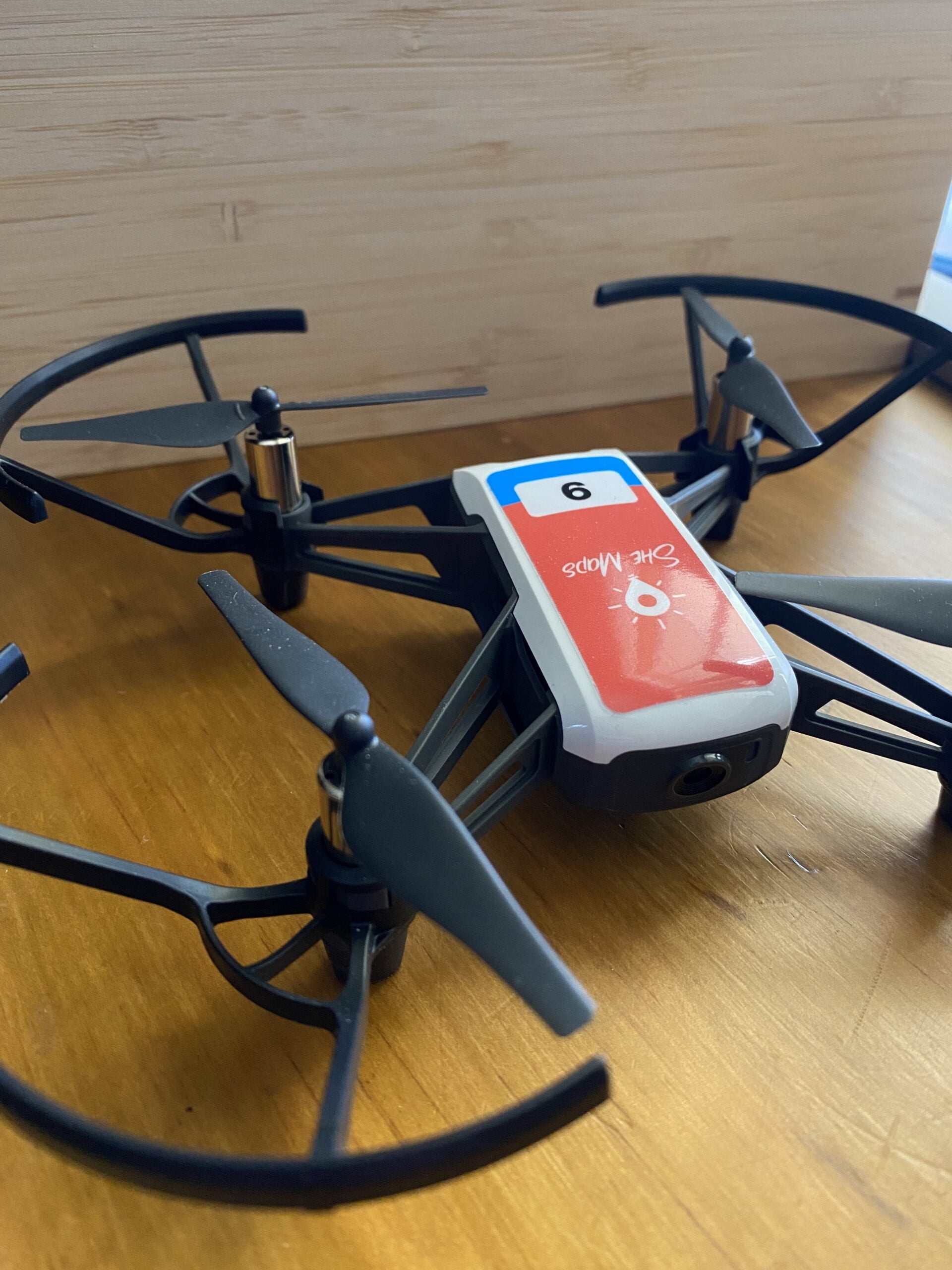
Finding the time to make STEM happen in the primary classroom can be tricky, especially when the curriculum is already full of so much learning. Depending on how your school works, there are 3 different ways to incorporate STEM into your school.
Less than 5% of drone pilots in Australia are female. It has grown, but not by much. Why is this so? One conclusion is that gender bias happens throughout the community, including school via students and teachers. Here are a couple of prompts for you to think about:
Here are some great resources with practical ideas that can help you create an inclusive learning environment.
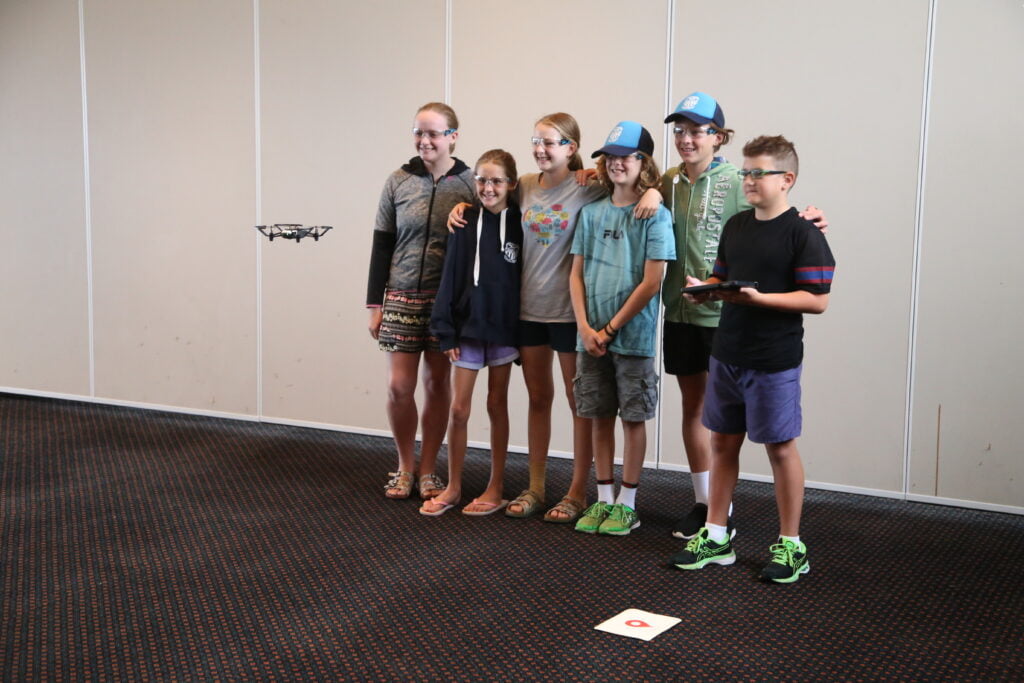
The primary classroom can seem a little scary when it comes to including STEM in your curriculum. We highly recommend that you start by engaging with your students to ascertain when it comes to STEM, what they are really passionate about? Space? Drones? Electricity? Engineering? Then you can determine what support, professional learning, and teaching resources will be required to ensure both your teachers and students fall in love with a STEM based approach to learning.
She Maps is Australia’s leading expert in drone and geospatial education.
She Maps assist schools with the purchasing of drones, school-industry created drone and geospatial teaching resources and highly supportive teacher professional development.
Ready to buy drones for your school? We are an authorised DJI reseller in Australia

Subscribe by email and never miss a blog post or announcement.

She Maps aims to bring much needed diversity and support to STEM. We do this by providing drone and geospatial programs to teachers and schools across the globe.
At She Maps we acknowledge the Traditional Custodians of Country throughout Australia and their connections to land, sea, and community. We pay our respect to their Elders past and present and extend that respect to all Aboriginal and Torres Strait Islander peoples today.
Aboriginal and Torres Strait Islander peoples are advised that this site may contain names, voices, or images of people who have passed away.
Learn the 6 Steps to Launching a Successful Drone and Geospatial Program at your School
Take our resources for a spin and join the thousands of teachers who love our ready-to-teach classroom materials. Try one of our complete units of work for free.
